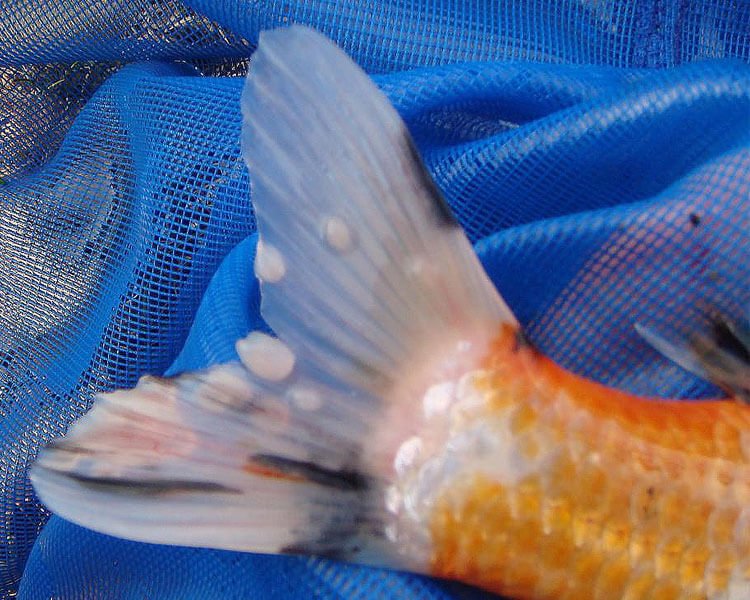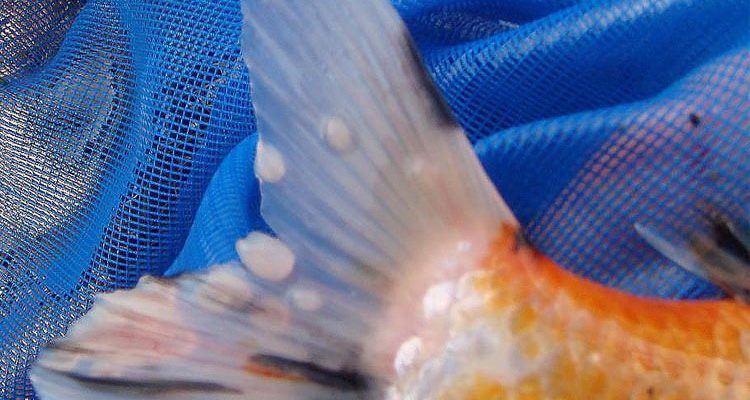
Imagine you’ve just adopted a new pet; you wouldn’t ignore their needs, right? The same goes for carp. They need proper care, good water quality, and an understanding of the diseases that can strike. Think of your pond as a little ecosystem, and just like any community, if one resident gets sick, it can affect the entire neighborhood. So, let’s dive into what ails carp and how you can keep them healthy!
1. Common Carp Diseases: An Overview
Carp are generally hardy fish, but they aren’t invincible. Some common diseases include fungal infections, parasitic infestations, and bacterial diseases. Each type of illness presents its own set of challenges, often tied to factors like water quality, food supply, and general stress levels.
For instance, if the water in your pond is murky and lacks proper filtration, carp are more likely to fall prey to diseases. They are also susceptible to stress, which can weaken their immune systems and make them vulnerable to various pathogens. So, knowing what diseases to look out for is the first step in protecting your fish.
Common Symptoms to Watch For
Now, you might be wondering what signs indicate a carp might be sick. Look for these symptoms:
- Changes in behavior, like lethargy or erratic swimming
- Visible lesions or wounds on the skin
- Fuzzy growths resembling cotton (fungal infections)
- Clamped fins or rapid gill movement
- Loss of appetite or unusual feeding habits
If you notice any of these signs, it’s time to investigate further. Early detection can be the key to quick recovery!
2. Fungal Infections: The Sneaky Invaders
Fungal infections are among the most common diseases in carp. They often appear when fish are stressed, particularly during changes in water temperature or when the fish are injured. One common type you might encounter is Saprolegnia, which looks like cotton wool on the skin.
You might be wondering how exactly a fish gets a fungus. Well, it’s often due to poor water quality—think high ammonia or low oxygen levels. When conditions are right, spores in the water can latch onto fish that are already weakened. It’s a bit like how we can catch a cold when we’re run down.
Preventing Fungal Infections
To keep fungal infections at bay, consider these prevention tips:
- Maintain excellent water quality: Regularly test your pond’s pH, ammonia, and nitrite levels.
- Keep the pond clean: Remove any decaying organic matter that could harbor fungal spores.
- Avoid overcrowding: More fish means higher waste, which can lead to poor water quality.
Keeping a close eye on your fish can help catch any issues before they escalate.
3. Parasitic Infestations: Unwelcome Guests
Parasites can be a real nuisance for carp. They’re like unwanted guests that just won’t leave! Common parasites include ich, which can cause white spots on the fish, and flukes, which attach to the skin or gills. These critters thrive in crowded conditions where stress is high.
You might notice your carp rubbing against surfaces or flashing, which is a sign they’re trying to scratch off these pesky parasites. Low water quality, high stocking density, and sudden temperature changes can all contribute to an increased risk of parasitic infestations.
Preventing Parasitic Infestations
To keep these unwelcome guests away, follow these tips:
- Quarantine new fish: Always isolate new additions to your pond for at least two weeks.
- Monitor water conditions: Regularly check and maintain water quality parameters.
- Provide a balanced diet: Healthy fish are less likely to succumb to parasites.
A few simple steps can make a huge difference in keeping parasites at bay.
4. Bacterial Diseases: The Silent Threat
Bacterial diseases can be quite a serious concern. One of the most common is Columnaris, which can lead to significant skin and gill issues. Bacterial infections often arise from poor water quality or injuries. They can spread quickly, especially in crowded ponds. Remember, just like people, stressed or injured fish are more likely to get sick.
Columnaris often presents symptoms like a white or grayish film on the fish’s body, gill lesions, or loss of appetite. If you see these signs, don’t wait—acting quickly is essential.
Preventing Bacterial Diseases
Here’s how you can prevent bacterial infections in your carp:
- Ensure good filtration: A good filtration system maintains clean water, which helps keep bacteria at bay.
- Avoid sudden changes in water temperature: Gradual changes reduce stress on your fish.
- Treat injured fish immediately: If you spot any wounds, prompt treatment can prevent bacterial infections from taking hold.
Being proactive is the name of the game when it comes to preventing bacteria from causing problems in your pond.
5. Nutritional Deficiencies: The Hidden Issue
Sometimes, it’s not a disease but a nutrient deficiency that can lead to problems. Carp need a balanced diet rich in vitamins and minerals for optimal health. Deficiencies can lead to weakened immune systems, making them more susceptible to diseases.
Using high-quality fish food that’s designed for carp is essential. Be on the lookout for signs of deficiencies, like stunted growth, poor color, or unusual swimming patterns.
Preventing Nutritional Deficiencies
To keep your carp well-nourished:
- Feed a balanced diet: Look for fish foods that include the right mix of proteins, fats, and vitamins.
- Consider supplements: If you notice any deficiencies, consider adding supplements to their diet.
- Observe feeding habits: Make sure all fish are getting their fair share of food.
Feeding your carp appropriately can help you avoid many health issues down the road.
6. Regular Health Checks: A Crucial Habit
One of the best ways to prevent diseases is by regularly monitoring your fish’s health. Just like a routine check-up at the dentist can help catch cavities early, frequent health checks can help you spot issues with your carp before they become serious.
Look for changes in color, behavior, or physical appearance. If you’re not sure what to look for, consider investing in a good fish health book or connecting with a local aquarist group. They can offer valuable insights into what’s normal for your specific breed of carp.
How to Conduct a Health Check
Here’s a simple step-by-step process you can follow:
- Observe from a distance: Take note of the fish swimming patterns and interactions.
- Use a net if needed: Gently net the fish to inspect its skin and fins closely.
- Check gills and scales: Look for any abnormalities, like discoloration or lesions.
Regular checks can empower you to act early if you spot a problem.
7. Conclusion: Keeping Carp Healthy
Taking care of your carp doesn’t have to feel overwhelming. By understanding the common diseases they face—like fungal infections, parasites, and bacterial issues—you can protect your fish and ensure they thrive. Remember, a good balance of water quality, diet, and regular health checks are key components in maintaining a happy, healthy pond environment.
With a little love and attention, your carp can live long, vibrant lives. So, keep an eye out for any signs of trouble, and don’t hesitate to take action. After all, your carp are counting on you!

